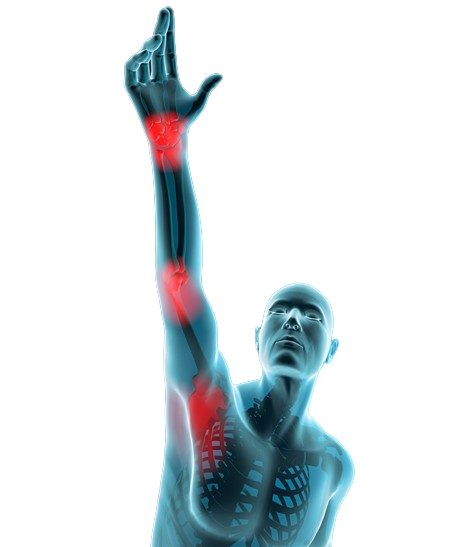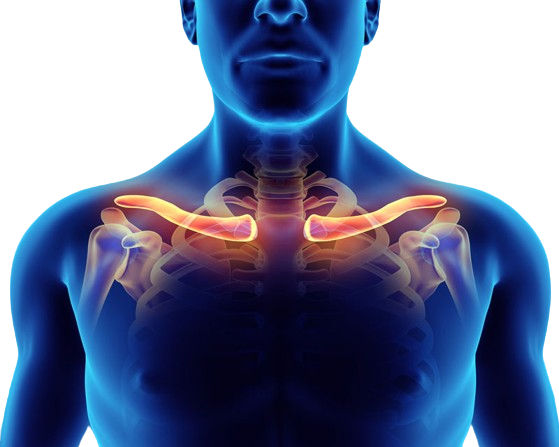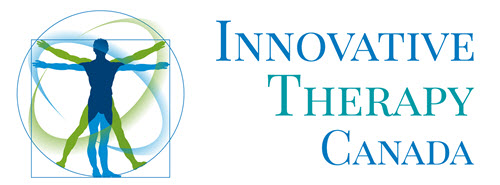Thoracic Outlet Syndrome
Our clinic specializes in identifying the ultimate causes for chronic pain caused by Thoracic Outlet Syndrome, then treating the dysfunctions with the most appropriate and effective technologies required to solve it.
Since thoracic outlet syndrome is a nerve compression condition, we use 4 of our impressive technologies to identify the cause(s) and determine the best course of treatment:
Locate and release the compression site(s)
Reduce spinal disc bulging or ruptures if involved
Remove the various damage structures from the affected nerves caused by the initial compression and/or stretch forces IE scarring, calcifications, hardening, sclerosis, fibrosis
Then implement nerve regeneration technology to force the regeneration of the damaged nerve(s).
The protocols we have researched and developed over many years to treat Thoracic Outlet Syndrome have proven very effective because we focus our treatment energy addressing the causes, then we repair the nerves.
Thoracic outlet syndrome is a condition where either the nerves, arteries and/or veins which supply the entire arm, chest, and upper back, are being compressed and/or stretched. It is a very common condition responsible for so many symptoms that are often overlooked, or mistaken for other conditions.
Thoracic Outlet Syndrome is a treatable – curable – condition. It does not require surgery to fix!
Thoracic Outlet Syndrome Symptoms
Since three different structures may be involved, we break down the symptoms associated with each. Keep in mind that you may experience symptoms from one, two or from all three structures being squeezed.
Nerve compression symptoms:
- Pins /needles/numbness sensations into the elbow, hand and/or fingers.
- Nagging ache into the shoulder, shoulder blade, elbow, wrist and/or hand.
- Deep pain in the chest which is often confused with the pains of a heart attack if on the left chest.
- Sharp-shooting sensations into the shoulder blade, shoulder, elbow and/or hand.
- Weakness in the hands, with a tendency to drop things.
Artery Compression Symptoms:
- Sensations of cool or cool fingers.
- Weakness in the hands.
- Bluish or pale color in the skin of the lower arm and hands.
- Pins and needles sensations into the fingertips.
Vein compression symptoms:
- Bluish color into the fingertips.
- Swollen forearm, fingers, and/or hand.
- Hot sensations into the hand
- itchy forearm and/or hand

Causes
Thoracic outlet syndrome develops when muscles, tendons, and/or ligaments within the neck, chest, arms, or back where this neurovascular bundle travels, becomes fibrotically hardened and inelastic. Most muscles can develop a fibrotic condition and not affect any nearby nerves or arteries, but it is where this particular bundle travels that makes it susceptible to compression.
We use our head, neck and arms repeatedly all day long, in motions that can’t be achieved anywhere else in the body. Our shoulder and neck allow for an amazing range of motion. this huge range along with the work we do with it every day places stresses on the very structures that provide this movement.
Compression can occur if one of the many structures close to or wrapped around this bundle becomes fibrotic.
Here is a partial list of those who are potentially at increased risk of developing thoracic outlet syndrome. However anyone can develop this condition.
- Overly tall people
- Those who use their arms in a pulling action repeatedly
- Smokers
- Those who suffer from stress
- Those who work on computers or prolonged desk work
- Those with COPD (asthma, emphysema)
- Those who cough repeatedly as with lingering flu or pneumonia
- Hairdressers
- Landscape laborers
What Really Is Happening?
All of the nerves, arteries, and veins which supply the arm, begin in the neck. They travel down from the neck all the way to the fingertips together in a bundle called a neurovascular bundle. This bundle of nerve, arteries, and veins must be capable of gliding freely in the sleeve they travel in. Whether you reach backward with an outstretched arm, or simply reach to comb your hair, this bundle must glide in its sleeve. If compression occurs anywhere along the path of the bundle, then you will experience symptoms typical of what structures (nerve/artery/vein) is being squeezed in the bundle at that location.
Although this bundle travels deep close to the bones of the skeleton, protected by the soft tissues above it, dysfunctional fibres can still compress it. Most compressions, however, occur where this bundle changes direction. Below are those locations.
- Side of the neck
- Where the throat meets your collar bone
- Where the collar bone meets your shoulder
- The underarm
- The elbow
- The wrist

When a muscle is overused it can develop a fibrotic arrangement in its fibres, which causes the muscle to become short, inelastic, and somewhat hardened like the gristle on roast beef. If this condition develops close to this neurovascular bundle, the muscular fibrosis can actually form close to, or even around the bundle. Over time if this muscular dysfunction worsens, it can slowly begin squeezing the bundle. If only the nerves in the bundle are squeezed, then your symptoms will be of those common to the nerve being squeezed. In the severest of cases, all three structures in the bundle may be squeezed and your symptoms will be numerous and serious. It is, however, an easy condition to treat.
We look forward to seeing you and solving your case of thoracic outlet syndrome.


